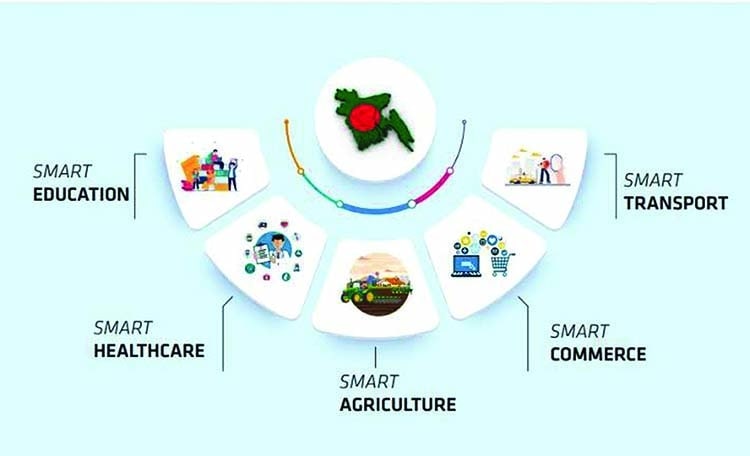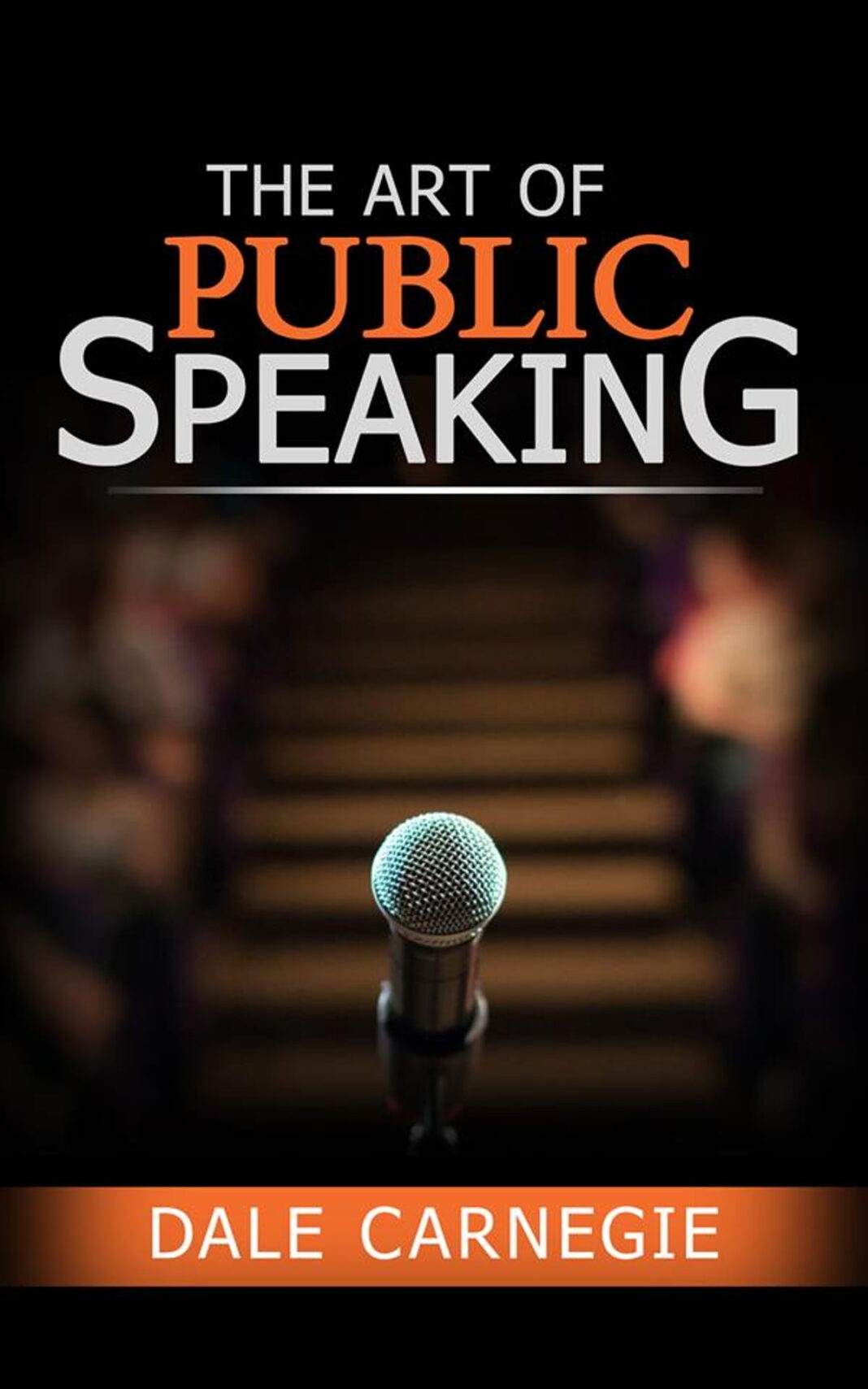Public speaking is one of the most essential skills in today’s world, whether you are a student, a professional, or a business owner. The ability to communicate your ideas effectively and persuasively can open up a world of opportunities and help you achieve your goals. However, many people find public speaking intimidating or nerve-wracking, and they struggle to deliver a clear and engaging message. In his classic book, The Art of Public Speaking, Dale Carnegie provides practical tips and techniques for mastering this crucial skill. In this article, we will summarize the key takeaways from the book and provide you with a roadmap for becoming a confident and effective public speaker.
Table of contents
The importance of preparation
According to Carnegie’s The Art of Public Speaking, the key to successful public speaking is preparation. Before you step on stage, you need to have a clear understanding of your topic, your audience, and your goals. This requires researching and organizing your ideas, practicing your delivery, and anticipating possible questions or objections. Carnegie emphasizes the importance of being well-prepared not only for your own confidence but also for the benefit of your audience. When you are prepared, you can deliver your message in a clear, concise, and engaging way, and your audience will be more likely to listen and respond positively.
Connecting with your audience
Another crucial aspect of public speaking is connecting with your audience. To do this, you need to understand their needs, interests, and values, and tailor your message accordingly. Carnegie suggests starting with a strong opening that captures the audience’s attention and establishes rapport. This can be a personal story, a shocking statistic, or a thought-provoking question. Throughout your speech, you should also use eye contact, gestures, and vocal variety to engage your audience and keep them interested. By connecting with your audience on an emotional level, you can create a memorable and impactful experience that resonates with them long after your speech is over.
Crafting a compelling message
A key element of effective public speaking is crafting a compelling message that resonates with your audience. This requires clarity, simplicity, and relevance. Carnegie advises speakers to focus on one main idea and develop it through concrete examples, stories, and illustrations. He also emphasizes the importance of using simple and concise language that is easy to understand and remember. By keeping your message relevant to your audience’s needs and interests, you can make a lasting impact and inspire action.
Overcoming fear and anxiety
One of the biggest obstacles to successful public speaking is fear and anxiety. Many people feel nervous or self-conscious when speaking in front of others, which can negatively impact their performance. Carnegie offers several techniques for overcoming fear, such as deep breathing, visualization, and positive self-talk. He also suggests practicing your delivery in front of a mirror or a trusted friend, and gradually increasing your exposure to public speaking. By facing your fears and developing your skills, you can build confidence and reduce anxiety.
Delivering with confidence and style
Finally, Carnegie emphasizes the importance of delivering your message with confidence and style. This requires paying attention to your body language, voice, and tone. He suggests using gestures, facial expressions, and movement to convey your message and engage your audience. He also advises practicing your delivery to ensure that you are speaking clearly and with conviction. By developing your own unique style and personality, you can make a lasting impression and inspire your audience to take action.
In summary, The Art of Public Speaking by Dale Carnegie is a timeless guidebook for mastering this essential skill.



 For all latest articles, follow on Google News
For all latest articles, follow on Google News